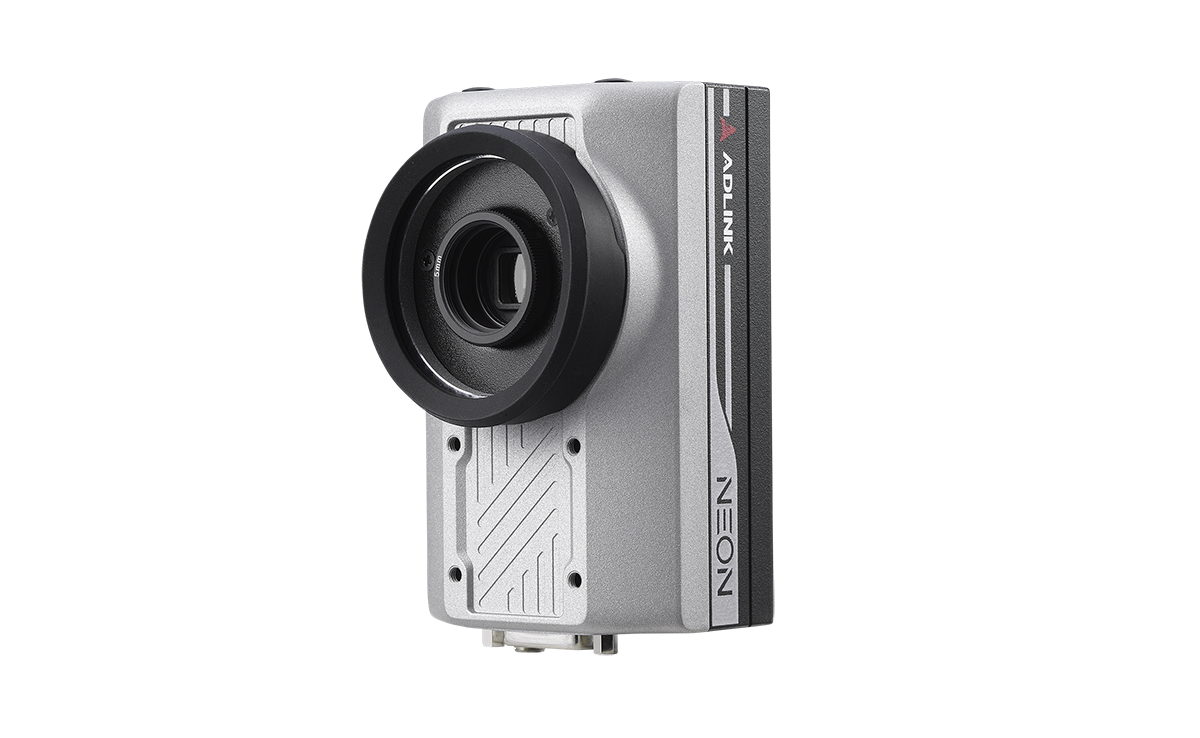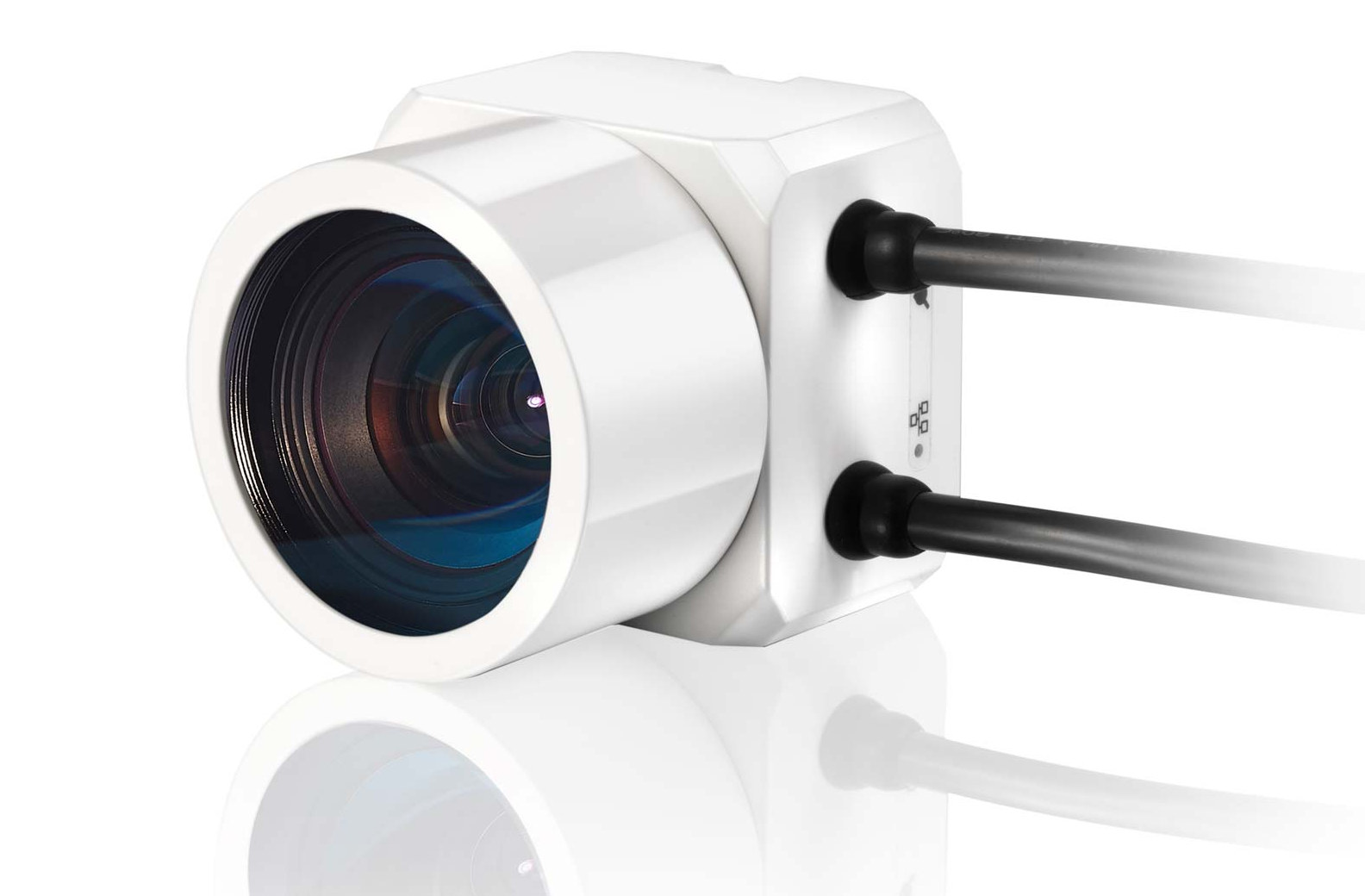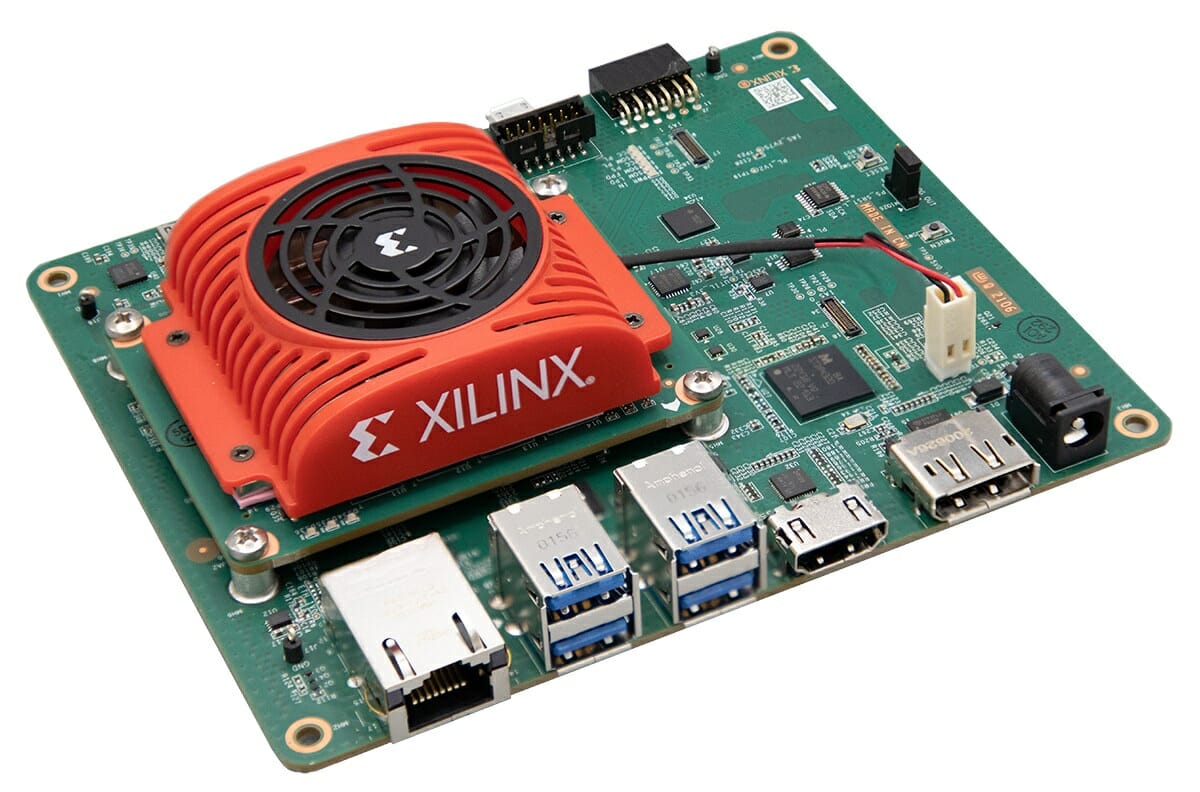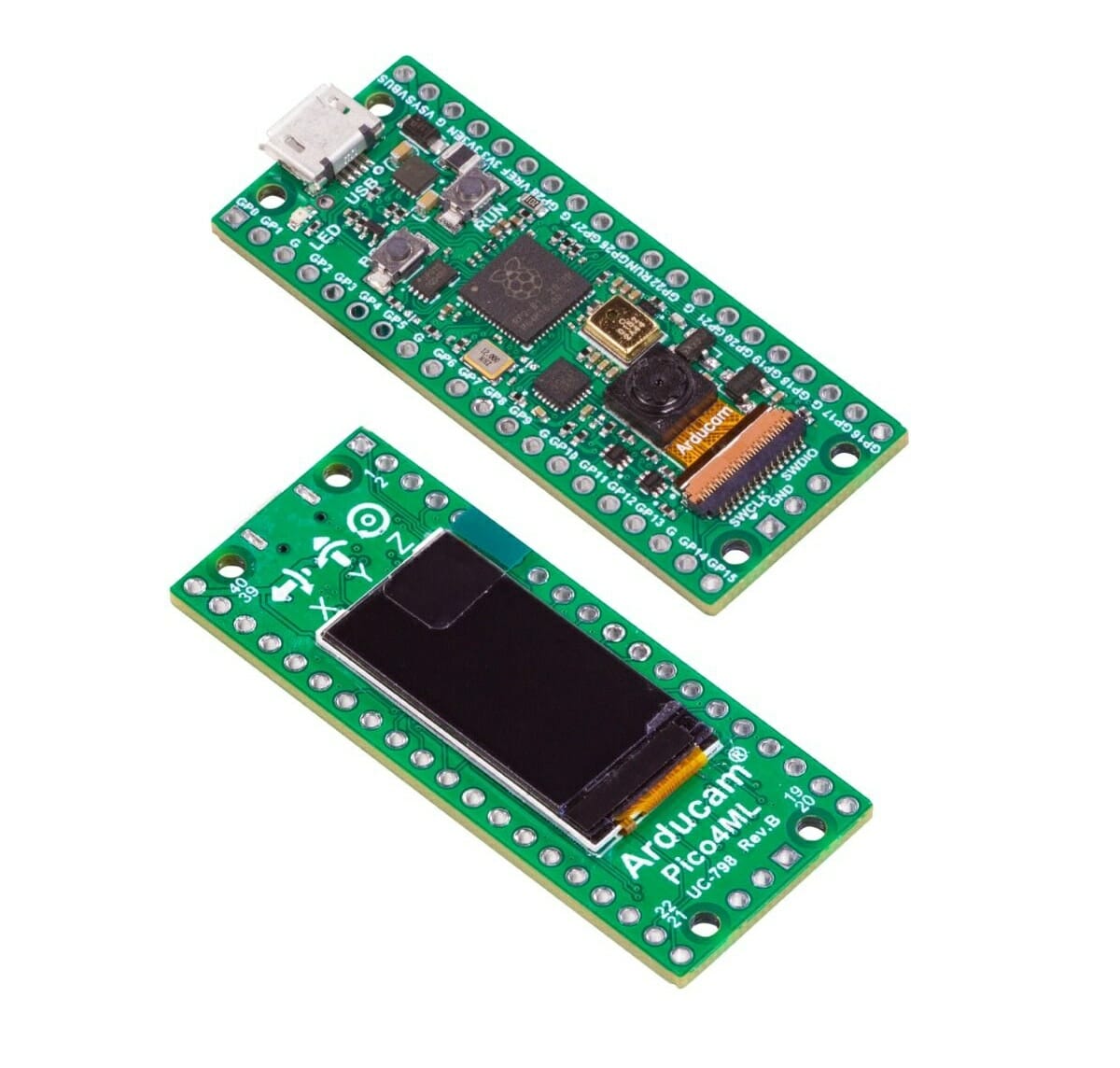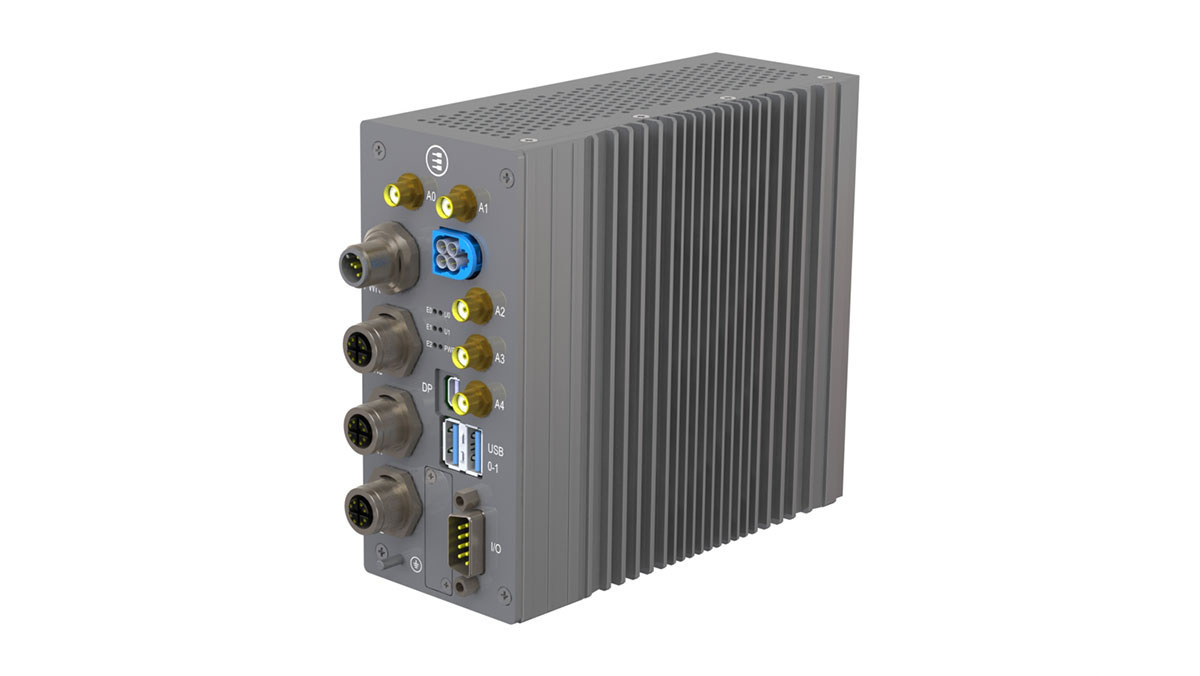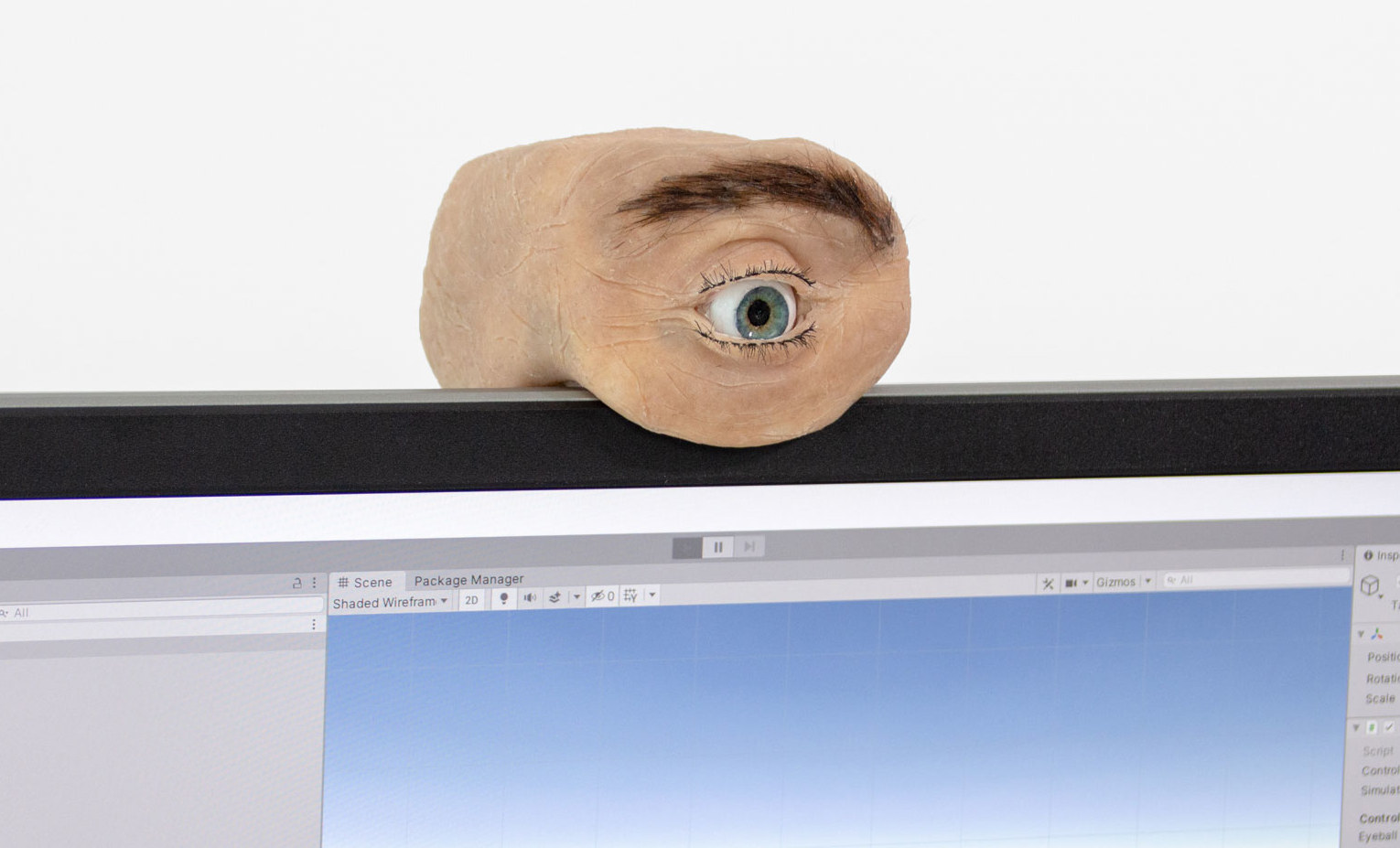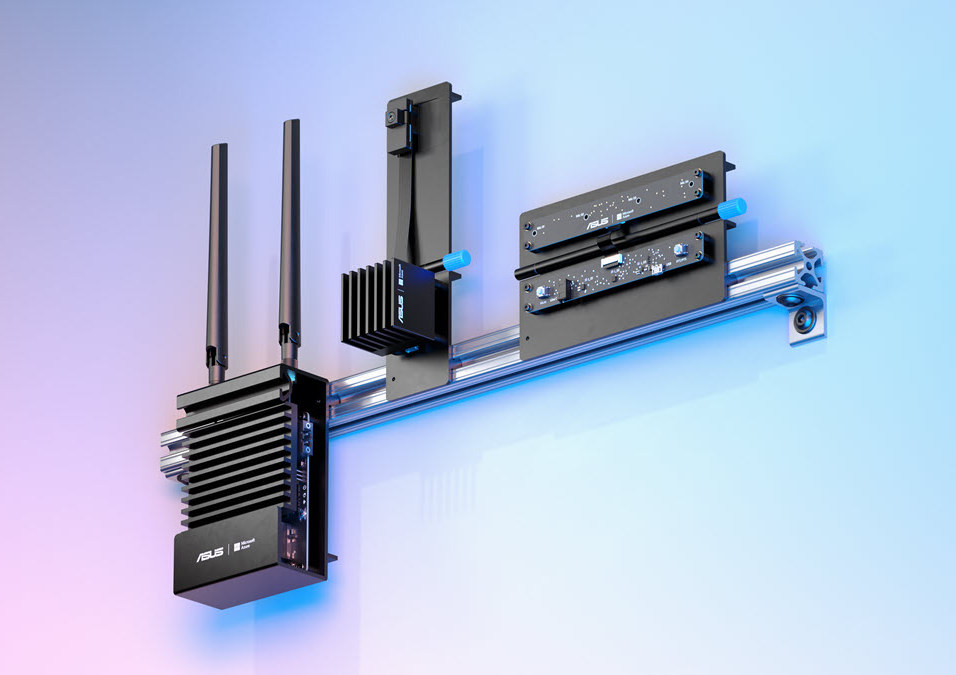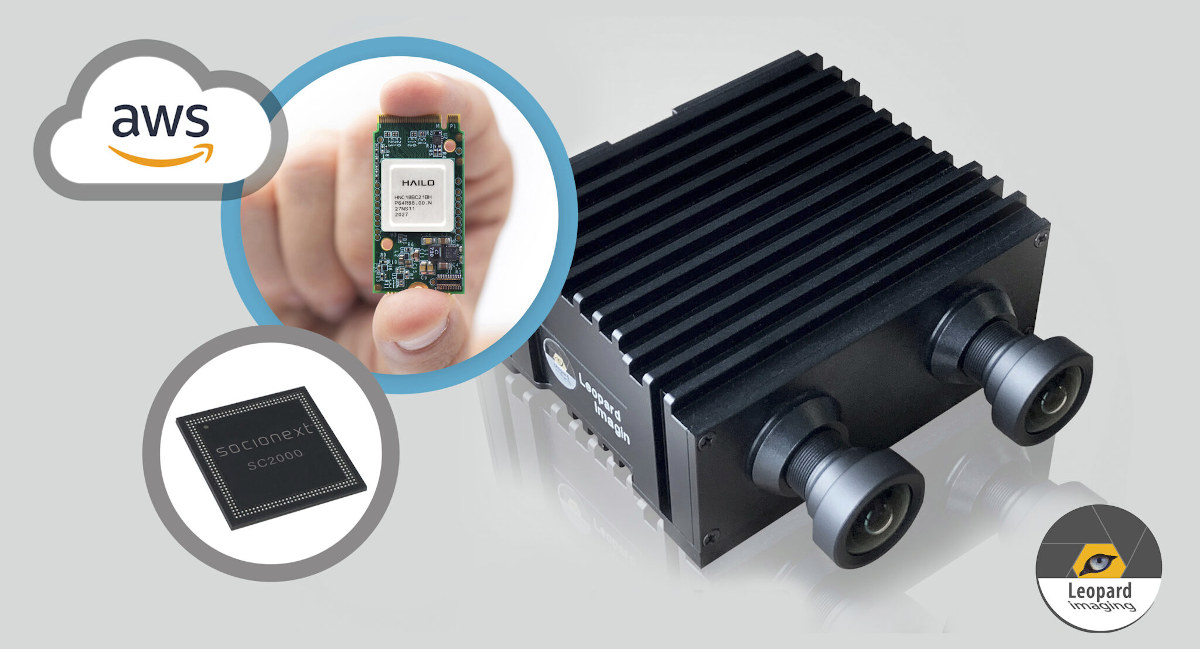Machine vision applications highlight the complexity of implementation due to the requirement of interfacing several devices. These devices include image sensor modules, cables, GPU modules, and memory units, thus increasing the time for development and deployment. ADLINK’s NEON-2000-JNX series AI camera aims to simplify the deployment of edge machine vision and AIoT use cases. NEON-2000-JNX series AI camera comes with an inbuilt ADLINK’s new edge vision analytics software known as the EVA SDK. The software reduces the time in designing and creating proofs-of-concept, which leads to quicker deployment of applications. Users get a wide range of options for selecting field-ready “application plug-ins and ADLINK-optimized AI models”. This ensures the quality of vision AI and eases the building of use cases with lesser software code and programs. Additionally, the preview function allows quicker verification of AI Inference flow. We saw the launch of NVIDIA’s Jetson Xavier NX SOM in April 2020 […]
Imago “VisionAI” Smart AI Camera supports Tensorflow Lite & AutoML Vision Edge
Imago Technologies GmbH “VisionAI” is a programmable Smart AI camera that combines a quad-core Cortex-A53 processor @ 1.8 GHz together with Google Edge TPU, and designed for embedded image processing applications in the fields of AI, Deep Learning, and Machine Learning. The smart camera supports TensorFlow Lite and AutoML Vision Edge frameworks, and is suited for tasks such as pattern recognition, classification, anomaly or defect detection in inspection applications, code reading, and other machine vision applications. Imago VisionAI (VisionSensor PV3 AI) camera specifications: SoC – Unnamed quad-core Arm Cortex-A53 processor @ 1.8 GHz (likely NXP i.MX 8M Mini) AI Accelerator – Google Edge TPU with up to 4 TOPS of AI processing power System Memory – 2 GB DDR4 RAM Storage – MicroSD card up to 32GB Connectivity – Gigabit Ethernet M12 connector Camera 1/1.8” 5MP mono or color CMOS sensor with 2560 × 1936 pixels resolution, up to 65 […]
Xilinx Introduces Kria K26 SoM and vision AI devkit based on Zynq Ultrascale+ XCK26 FPGA MPSoC
Silicon vendors will usually focus on chip design, and provide an expensive evaluation kit to early customers, leaving the design of cost-optimized boards and system-on-modules to embedded systems companies. But Xilinx has decided to enter the latter market with the Kria portfolio of adaptive system-on-modules (SOMs) and production-ready small form factor embedded boards starting with Kria K26 SoM powered by Zynq UltraScale+ XCK26 FPGA MPSoC with a quad-core Arm Cortex-A53 processor, up to 250 thousand logic cells, and a H.264/265 video codec designed for Edge AI applications, as well as computer vision development kit. Kria K26 System-on-Module Kria K26 module specifications: MPSoC – Xilinx Zynq Ultrascale+ custom-built XCK26 with quad-core Arm Cortex-A53 processor up to 1.5GHz, dual-core Arm Cortex-R5F real-time processor up to 600MHz, Mali-400 MP2 GPU up to 667MHz, 4Kp60 VPU, 26.6Mb On-Chip SRAM, 256K logic cells, 1,248 DSP slices System Memory – 4GB 64-bit DDR4 (non-ECC) Storage – […]
Arducam Pico4ML Board – TinyML on Raspberry Pi RP2040 with QVGA Camera & Display
A few months ago, ArduCAM demonstrated person detection on Raspberry Pi Pico with Arducam camera using TensorFlow Lite, and later we noted more work was being performed to bring machine learning to RP2040 platforms, notably with the development of Arducam Pico4ML board with a built-in camera and display. At the time, i..e last month, all we had were some renders of the board, but now Arducam Pico4ML pre-orders have launched for $49.99 on UCTRONICS and Tindie stores. Shipping is scheduled to start at the end of the month, so let’s have a closer look. Arducam Pico4ML TinyML devkit specifications: Microcontroller – Raspberry Pi RP2040 dual-core Cortex-M0+ MCU with 264 KB of embedded SRAM Storage – 2MB SPI flash Display – 0.96-inch LCD SPI Display (ST7735) with 160 x 80 resolution Camera – HiMax HM01B0 QVGA camera (320×240 @ 60fps) Audio – Built-in microphone Sensor – IDK ICM-20948 9-axis IMU (gyroscope, […]
Rugged, fanless quad-camera system brings AI and Machine Vision to rolling stock and automotive applications
Eurotech BoltGPU 10-31 is a rugged fanless embedded system powered by NVIDIA Jetson Xavier NX module, equipped with four FAKRA connectors for GMSL camera, and designed to bring Edge AI and machine vision to rolling stock (e.g. trains) and automotive applications. The BoltGPU 10-31 also features 16 GB of eMMC flash, NVMe SSD support, three Gigabit Ethernet interfaces, WiFI 6 and Bluetooth 5.1, two USB3.1 ports, as well as isolated CAN-FD, optoisolated DIO, video out, and GNSS with optional RTK. BoltGPU 10-31 specifications: System-on-Module – NVIDIA Jetson Xavier NX with hexa-core NVIDIA Carmel ARM v8.2 64-bit CPU with 6MB L2 + 4MB L3 cache, 384-core NVIDIA Volt GPU with 48 Tensor Cores (up to 21 TOPS of accelerated computing), 8 GB LPDDR4x RAM, 16GB eMMC 5.1 flash Storage MicroSD card socket Optional 512 GB NVMe SSD on M.2 Key M socket 256 Kbit Serial EEPROM Video Output – 1x Mini […]
Eyecam open-source webcam will make you feel spied on
Most people will use webcams connected to a computer or integrated into a laptop without thinking about the possibility of being spied on, but Eyecam will certainly raise awareness and make you feel like somebody is truly watching. The open-source webcam is shaped like a human eye and acts like one thanks to a Raspberry Pi camera and an Arduino board controlling six servos for eyeball, eyelids, and eyebrows movements. The project was conducted at Saarland University in Germany, and Eyecam looks amazingly realistic – and creepy – with the eyeball and eyelids moving, especially when face tracking is enabled, and expressions are possible with servos controlling the eyebrows. The webcam is comprised of 3D printed parts, a Raspberry Pi camera connect to Raspberry Pi Zero recognized as a USB webcam from the host, and an Arduino Leonardo Pro Micro to control the 6 servo motors. On the software side, […]
Microsoft previews Azure Percept Edge AI development platform
Microsoft has recently announced the public preview of Azure Percept platform combining hardware and services to ease AI implementations at the edge through the use of Azure AI technologies and Azure cloud for device management, AI model development, and analytics. The hardware currently available includes the Azure Percept DK (Development Kit) with an NXP i.MX 8M powered WiFi & Bluetooth gateway/carrier board, the Azure Percept Vision system on module (SoM), as well as the optional Azure Percept Audio SoM with a 4-mic array. Key features and specifications: Azure Percept DK carrier board SoC – NXP iMX 8M quad-core Cortex-A53 processor System Memory – 4GB RAM Storage – 16GB flash Connectivity – Ethernet, WiFi and Bluetooth connectivity via Realtek USB – 2x USB-A 3.0 port, 1x USB-C port Security – Nuvoton NCPT750 Trusted Platform Module (TPM) version 2.0 Power Supply – 19V/3.4A Systems-on-Module Azure Percept Vision SoM based on Intel Movidius […]
Edge AI video processing system combines SocioNext SC2000 4K camera SoC with Hailo-8 AI accelerator
We’ve previously written about Hailo-8 AI accelerator delivering up to 26 TOPS at low power (3 TOPS per watt), and found in AI edge systems such as Foxconn BOXiedge server powered by a Socionext SynQuacer SC2A11 24x Cortex-A53 cores SoC and capable of analyzing up to 20 streaming camera feeds in real-time for video analytics. Leopard Imaging has now created a much more compact Edge AI processing solution with EdgeTuring based on Hailo-8 M.2 card and Socionext SC2000 4K camera SoC, and designed for low-power video analytics. EdgeTuring features and specifications: Camera SoC / Image Processor – Socionext SC2000 quad-core Cortex-A7 processor @ 650MHz with 4Kp30 H.265/H.264 encoder, up to 1.2 Gigapixel per second processing, LPDDR-3 memory (PoP) AI Module – Hailo-8 M.2 Module for up to 26 TOPS Camera Dual camera but only one sensor works for AI Sensors – 2x Sony IMX477 CMOS Image Sensor, diagonal 7.857 mm […]


